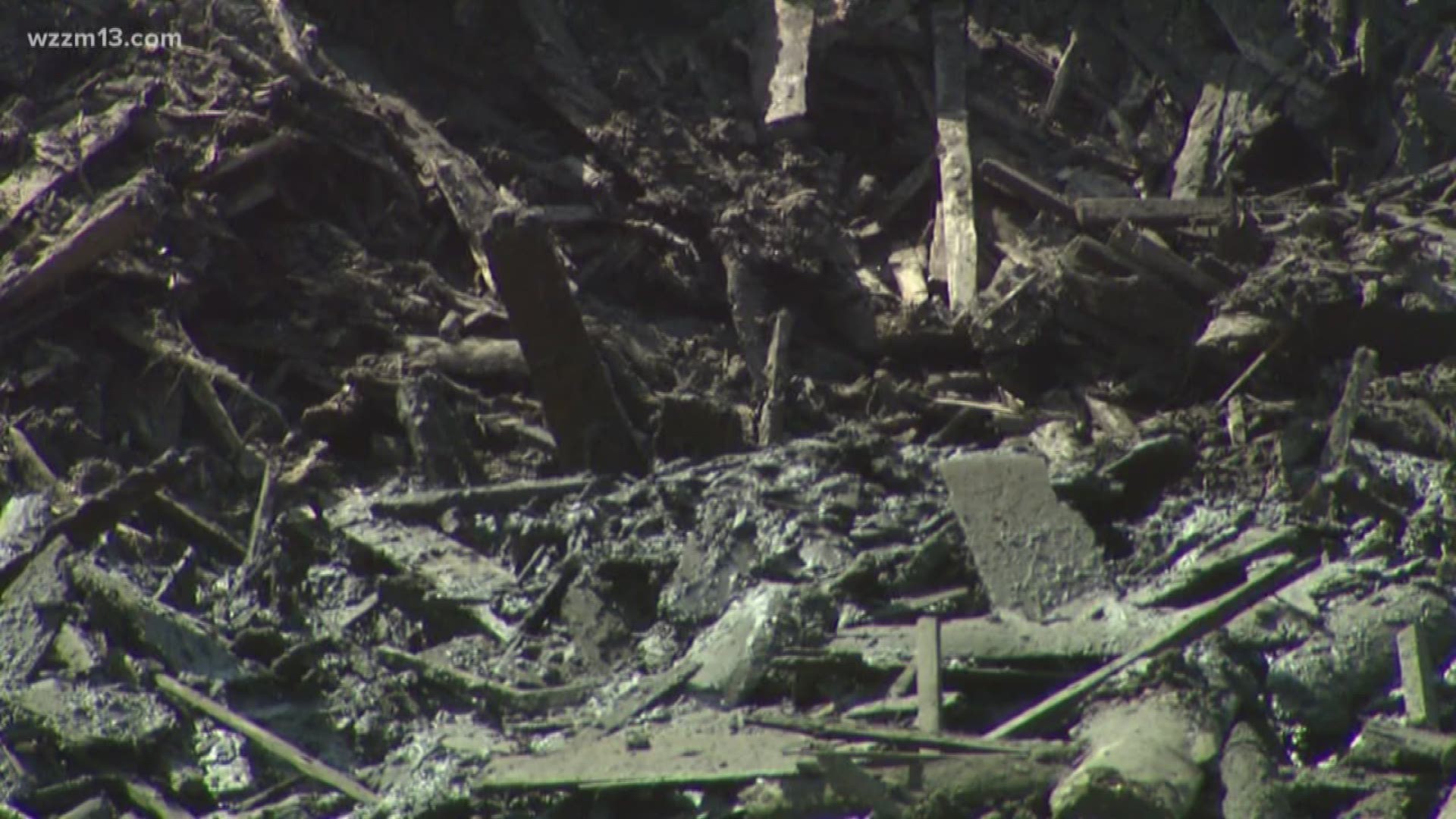We first told you about the clean-up last month. The latest project includes re-using the old wood.
“Muskegon Lake is an area of concern, said Kathy Evans, with the West Michigan Shoreline Regional Development Commission.
The project involves removing 11 acres of sawmill debris dumped in the lake in the 1800's.
“The Muskegon River was a big logging area and there were 47 sawmills that processed wood, so there is a ton of sawdust and slab wood on the bottom.”
The federal funded habitat restoration project will restore part of the ecosystem in Muskegon Lake.
"The problem is, it smothers the bottom of the lake, so fish and insects cannot live there."
When the group announced the old wood would be used as mulch or topsoil, 13 On Your Side viewers asked, if this was safe.
One person suggested it was contaminated with arsenic and other chemicals.
“The wood does not, but there are background levels of arsenic throughout most water bodies in Michigan."
It is a concern. That’s why the Department of Environmental Quality required testing before the latest round of clean-up could begin. The sediment came back with slightly elevated levels of heavy metals, but the wood did not.
“Right now, it is meeting everything we need to meet in our DEQ permit for sampling."
After being contacted by 13 On Your Side, Evans says the WMSRDC decided to do more testing on the shredded wood.
"We came in well under on barium, cadmium, chromium, copper, lead zinc, arsenic and silver."
We asked Vicki Luthy who is also with the WMSRDC to show us the results. She is the former Environmental Health Supervisor in Muskegon County and has a degree in water science. The arsenic levels from the shredded wood samples show 1.3 mg/kg. The acceptable level on dredge material for the DEQ is 5.8 mg/kg. Luthy says the material is safer than the soil in most people’s lawns.
As for the contaminated sediment, it will be sent to a landfill. The shredded wood will go to an excavating company, who will determine its final use.
Similar projects have already been completed. In some cases, the wood has been re-purposed into tables and artwork.
►Make it easy to keep up to date with more stories like this. Download the 13 ON YOUR SIDE app now.
Have a news tip? Email news@wzzm13.com, visit our Facebook page or Twitter.

